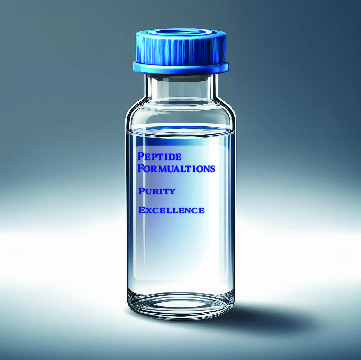Hormonal Regulation: Mechanisms, Key Hormones, and Future Directions
Hormonal regulation involves the intricate system of hormones that manage and coordinate various physiological processes in the body. Hormones act as chemical messengers, transmitting signals through the bloodstream to regulate growth, metabolism, reproduction, and mood. Here’s an overview of the mechanisms behind hormonal regulation, key hormones, and current research and applications:
Mechanism of Action
Hormone Secretion: Hormones are produced and secreted by glands such as the pituitary, thyroid, adrenal, and pancreas. These hormones are released into the bloodstream and travel to target organs and tissues.
Receptor Binding: Hormones exert their effects by binding to specific receptors on the surface of or inside target cells. This binding triggers a cascade of biochemical events that alter cellular function.
Feedback Mechanisms: Hormonal regulation often involves feedback loops. For example, increased levels of a hormone can signal the endocrine gland to decrease production, maintaining homeostasis.
Signal Transduction: Once a hormone binds to its receptor, it activates intracellular signaling pathways. These pathways can influence gene expression, enzyme activity, and other cellular processes.
Key Hormones and Their Functions
Insulin: Produced by the pancreas, insulin regulates blood glucose levels by facilitating glucose uptake into cells and promoting glycogen storage.
Thyroxine (T4) and Triiodothyronine (T3): Produced by the thyroid gland, these hormones regulate metabolism, energy levels, and growth. They influence virtually every cell in the body.
Cortisol: Secreted by the adrenal glands, cortisol helps regulate metabolism, the immune response, and stress adaptation. It plays a role in the body’s response to stress.
Estrogen and Progesterone: These sex hormones, produced by the ovaries, regulate the menstrual cycle, reproductive processes, and secondary sexual characteristics.
Testosterone: Produced primarily by the testes in men and ovaries in women, testosterone influences muscle mass, bone density, and reproductive functions.
Growth Hormone (GH): Secreted by the pituitary gland, GH stimulates growth, cell repair, and metabolism.
Research and Applications
Endocrine Disorders: Research is focused on understanding and treating disorders related to hormonal imbalances, such as diabetes, thyroid dysfunction, and adrenal insufficiency.
Hormone Replacement Therapy: Ongoing studies explore the efficacy and safety of hormone replacement therapies for conditions such as menopause, hypogonadism, and growth hormone deficiencies.
Metabolic Syndromes: Investigations into how hormonal regulation affects metabolic syndromes, including obesity and metabolic syndrome, aim to identify new therapeutic approaches.
Aging and Hormonal Changes: Research is examining how hormonal changes associated with aging impact health and exploring interventions to mitigate age-related hormonal declines.
Challenges and Considerations
Hormonal Imbalances: Disruptions in hormone levels can lead to a range of health issues. Accurate diagnosis and targeted treatment are essential for managing hormonal imbalances.
Side Effects: Hormone therapies can have side effects, such as increased risk of certain cancers or cardiovascular issues. It’s important to balance therapeutic benefits with potential risks.
Personalization of Therapy: Hormonal regulation is highly individual. Personalized approaches to diagnosis and treatment are needed to address the specific needs and responses of each patient.
Hormonal regulation is a complex and vital aspect of human health, influencing numerous physiological processes. Advances in research continue to deepen our understanding of hormonal mechanisms and offer new opportunities for improving treatment strategies and managing hormonal disorders.

